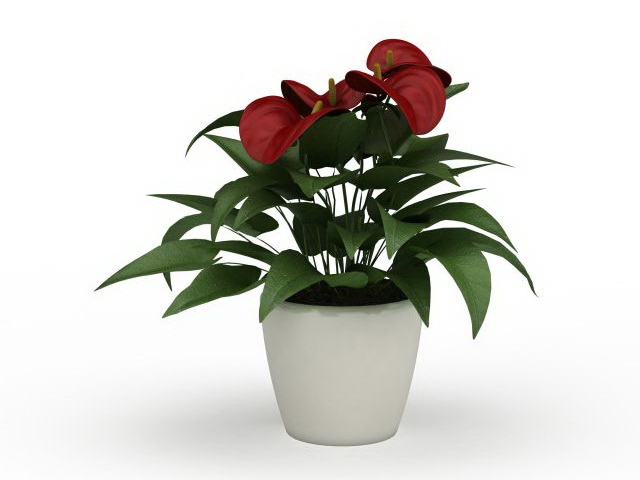
Although they're tolerant if low light, that does not mean they can tolerate no light. If your peace lily is not flowering, it usually means it's not getting enough sunlight.

Getting the leaves and plant will can cause root rot. This will allow the roots to grow into the water, while keeping the base and its leaves away from wetness. To do this, suspend the base of the plant above the water line, using small rocks or an insert. This will also help the plant to process sunlight easier.ĭid you know that you can grow peace lilies in water? You might see them being sold in vases without any soil. You'll need to gently wipe or wash them once or twice a year. Peace lily leaves tend to attract a lot of dust.If re-potting, move the plant to a pot that's at least 2 inches larger than its previous pot. You'll also notice crowded, deformed leaf growth. You'll know they've outgrown their medium once they start drooping less than a week after being watered. Use a good quality potting soil or potting mix. Peace lilies will also benefit from re-potting or dividing once they're outgrown their container.Also keep them away from direct sunlight, but DO keep them in a well lit area. Keep the lilies in a warm environment, above 60F (16C), and away from drafts and cold areas.

Fertilizing will encourage spring and summer growth. Fertilize only once or twice a year – peace lilies do not need more than that.Because peace lilies like a lot of humidity, they make great bathroom plants.Use room temperature, filtered or distilled water instead.



 0 kommentar(er)
0 kommentar(er)
